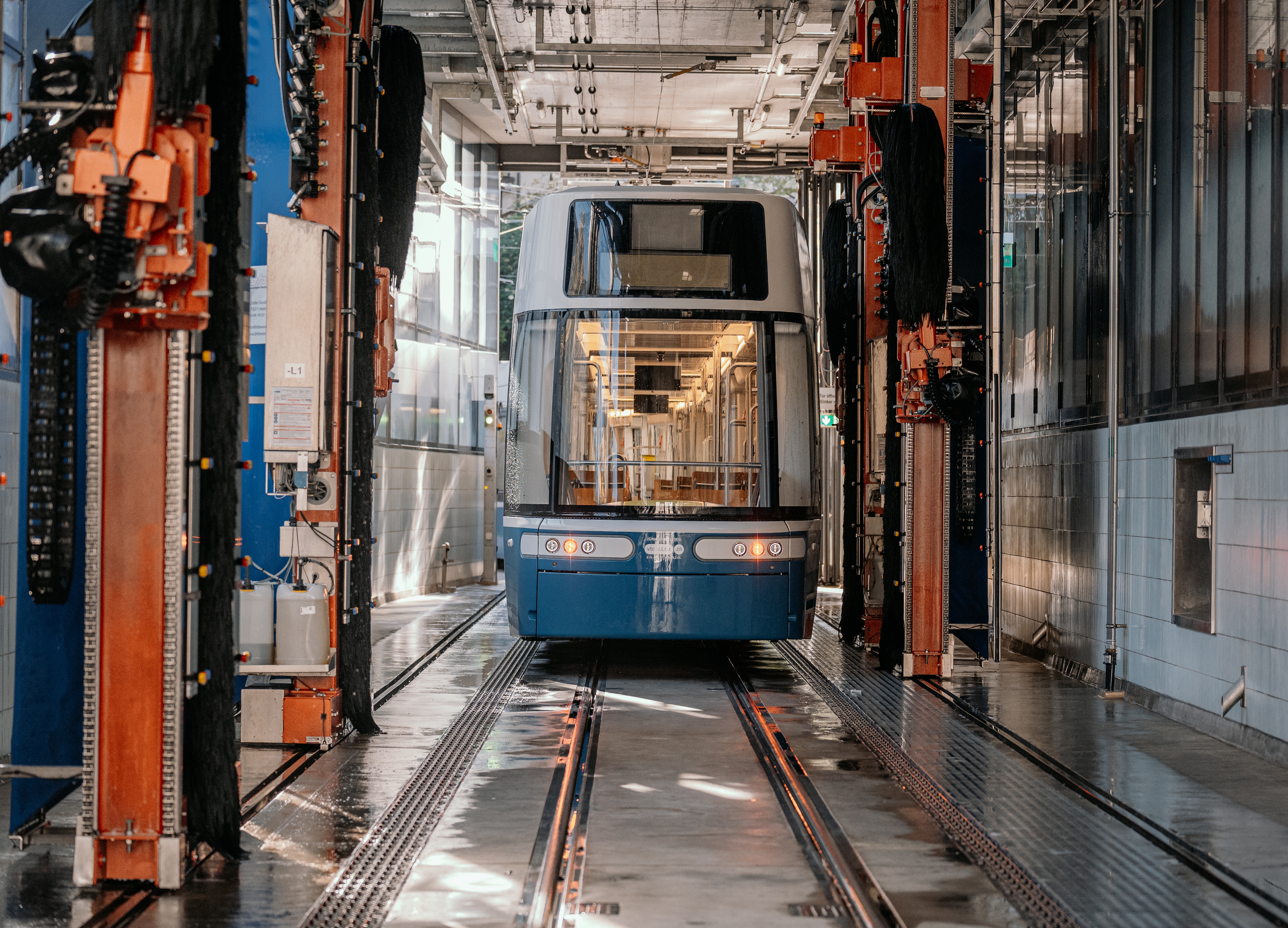Efficiency and sustainability for competitive advantages
The path to energy saving
Our solutions for achieving carbon neutrality
Data-driven operational improvements enable continuous CO₂ reduction
Application examples
Our Stories

2025-09-01
NEWSimulation instead of lengthy test runs
BHB Waschanlagen Vertriebs GmbH | ATINA Engineering Office
Nézd meg a videót a YouTube-on
#Energy#Sustainability#Safety extension module#FR-E800
Nézd meg a videót a YouTube-on
#Food & Beverage#Machine Building#Sustainability#Energy#Visualization#Inverters-FREQROL#Controllers

